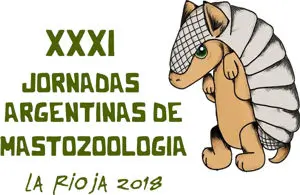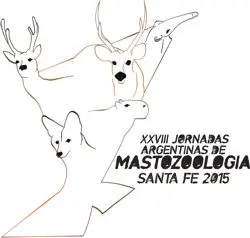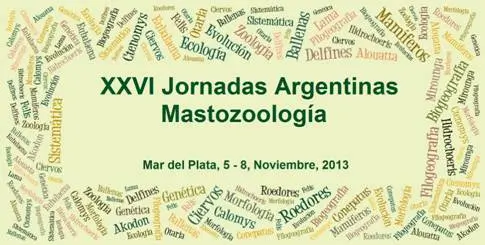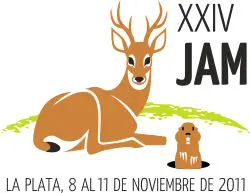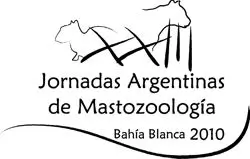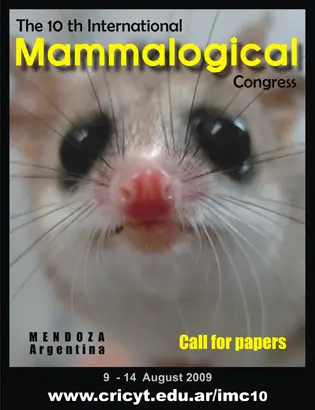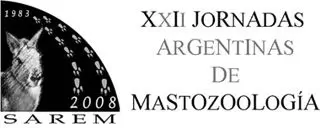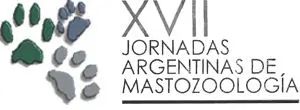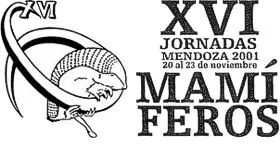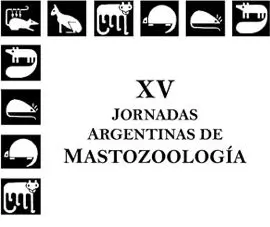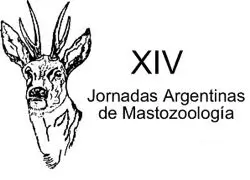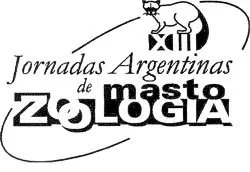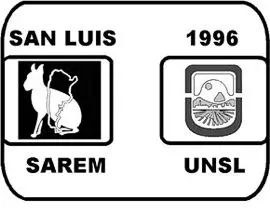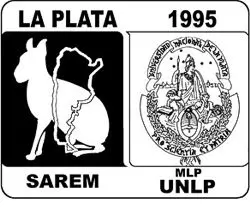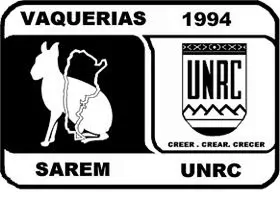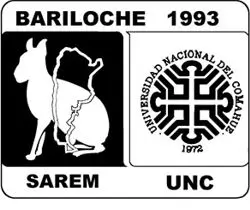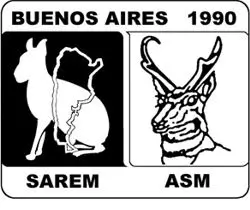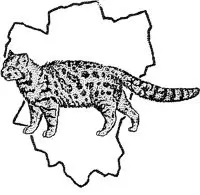
Use of biologers to monitor thermoregulatory behavioral patterns in subterranean rodents

Use of biologers to monitor thermoregulatory behavioral patterns in subterranean rodents
- Tipo de actividad: Mesa Redonda
- Palabras clave: Chronobiology; Biological rhythms; Tuco-tucos; Ctenomys; Circadian
- Autoría: Oda, GA, Valentinuzzi, VS, Jannetti, GM
- Afiliación: Laboratorio de Cronobiología Binacional Argentina-Brasil, Centro Regional de Investigaciones Científicas y de Transferencia Tecnológica | Laboratorio de Cronobiología Binacional Argentina-Brasil, Departamento de Fisiologia, Instituto de Biociências, Universidade de São Paulo
- Email: gaoda@ib.usp.br
The study of biological rhythms of wild animals in their natural habitat is challenging, particularly in the subterranean. Miniature biologgers have enabled long-term, day/night measurements of several physiological variables even in this cryptic environment across seasons. The combination of activity, light exposure and body temperature loggers have revealed very intriguing behavioral thermoregulatory strategies of tuco-tucos, Ctenomys coludo, subterranean rodents that occur in the northern Monte desert, Argentina. The main question that we have pursued for a long time is why tuco-tucos switch from nocturnal to diurnal activity when transferred from lab to field conditions. This activity time switch, which has been reported in other rodent species is hypothesized to be a response to increased energetic costs in challenging environmental conditions. First we observed that basking, which is a thermoregulatory strategy usually associated to ectotherms is often used by these small rodents, especially in winter. Second, we observed temporal dissociation between daily activity and temperature rhythms in the field, which are two tightly associated rhythms under laboratory conditions. Finally, we verified association between diurnal/nocturnal activity, body temperature rhythm amplitude and amount of basking behavior of tuco-tucos, reinforcing the importance of integrating laboratory and field approaches to understand physiological phenomena.






